We’ve talked kitchen accessories. We’ve talked cooking routines. Now it’s time to talk about actually BUILDING YO’ PLATE.
It’s great if you can drag your butt to the store, get yourself into a cooking routine, and cook the food, but how do you actually put it all together? I think this is a question a lot of people have when they first start cooking for themselves, but no one really wants to ask it.
I wouldn’t recommend cooking 8 pieces of chicken and then eating all of those for dinner. I also wouldn’t recommend cooking three heads of broccoli and just eating that, either. Obviously, you are welcome to build your plate any way YOU want, but I’ll explain my preferred method for reference.
First, let’s talk about macronutrients. Macronutrients are the three main types of nutrients your body needs large amounts of in order to function properly – protein, carbohydrates, and fats.
Both animals and plants offer sources of protein. Animal sources of protein include chicken, turkey, salmon, tuna, any other kind of fish, eggs, beef, bison, buffalo, and so on. Plant-based sources of protein include almonds, walnuts, hemp seeds, sunflower seeds, pumpkin seeds, quinoa, spirulina, chia seeds, lentils – basically legumes, nuts, and seeds. There are also small amounts of protein in vegetables, but when we’re talking about building your plate, you want to focus on something with a larger amount of protein to act as your meal’s protein source. You should also note that there is more protein in animal products than plants, and not all plants act as a complete source of protein.
Next up…carbohydrates! I’m sure you know about dem carbs. There are unhealthy carbs like cake and cookies, but let’s focus on healthy carbs. Non-starchy carbohydrates include most veggies – broccoli, cauliflower, leafy greens, asparagus, zucchini, etc. Then you’ve got simple carbs like fruit – strawberries, apples, blueberries, cherries, oranges, grapes. Starchy carbohydrate sources include rice, quinoa, butternut squash, spaghetti squash, potatoes, beans, acorn squash, pumpkin, and breads.
FATS. This is my favorite macro. Avocados, nuts, nut butters, seeds, egg yolks, coconut, coconut oil, and olive oil are some of my favorite sources of fats.
When I build my plate, I always make sure I have a good source of each macronutrient at every meal. The amounts of each macronutrient and the types of food you choose will vary from person to person and from meal to meal. For example, if I just completed a workout, I’ll focus more on protein and carbs in my post-workout meal to help build muscle and refuel my body. For breakfast, I like to eat a really high-fat meal to power me through the day.
Those are just two example of how I adjust my macros according to my activity level and how I’m feeling, and that will be different for everyone. I eat a lower carb diet than most people because of my SIBO and insulin resistance, so I eat a lot of fat to make up for the lower amount of carbs. However, your body might run much better on a diet that’s higher in carbs and a bit lower in fat. Everyone is unique, so you need to listen to your own body.
That being said, you still need to eat sources of every macronutrient. Just because you eat a diet high in carbs doesn’t mean you can forget about protein and fat. Just because you eat a lot of fat doesn’t mean you can forget about carbs and protein. If you’re big on protein, you still need carbs and fat, too! Catch my drift?
As I explained in my cooking routine post, I cook my food at the beginning of the week so I have everything ready to go each day. At each meal, I take whatever food I want out of tupperware and build my plate. I start off with my protein source – usually about 5 or 6 ounces of salmon, turkey, chicken, grass-fed beef, buffalo, or whatever else I cooked. Then I usually eat about a cup of whatever starchy carbs I bought that week – this week was butternut squash and spaghetti squash. I fill the rest of my plate with as many non-starchy veggies as I want. I always cook everything in oil so that there’s already a bit of fat on my food to start out with, but I also usually top off my veggies and carbs with more coconut oil or olive oil, or I’ll add avocado.
After that, I’ve got everything on my plate – protein, carbs, and fat. If I’m still hungry, I’ll just eat more. Again, eat the portions of each macronutrient that work for YOUR BODY. Just make sure you don’t forget about one of the macronutrients all together. That’s something I notice a lot of people do, but we all need sources of protein, carbs, and fats to function.
Hopefully this helped you out in some way – I know building a plate can be confusing sometimes! Remember, everyone’s body is different, so eat what makes you feel best. As long as you get all of the macronutrients onto your plate, you’re on the right track!


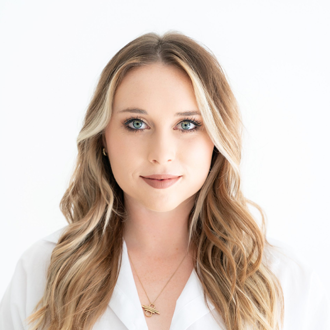

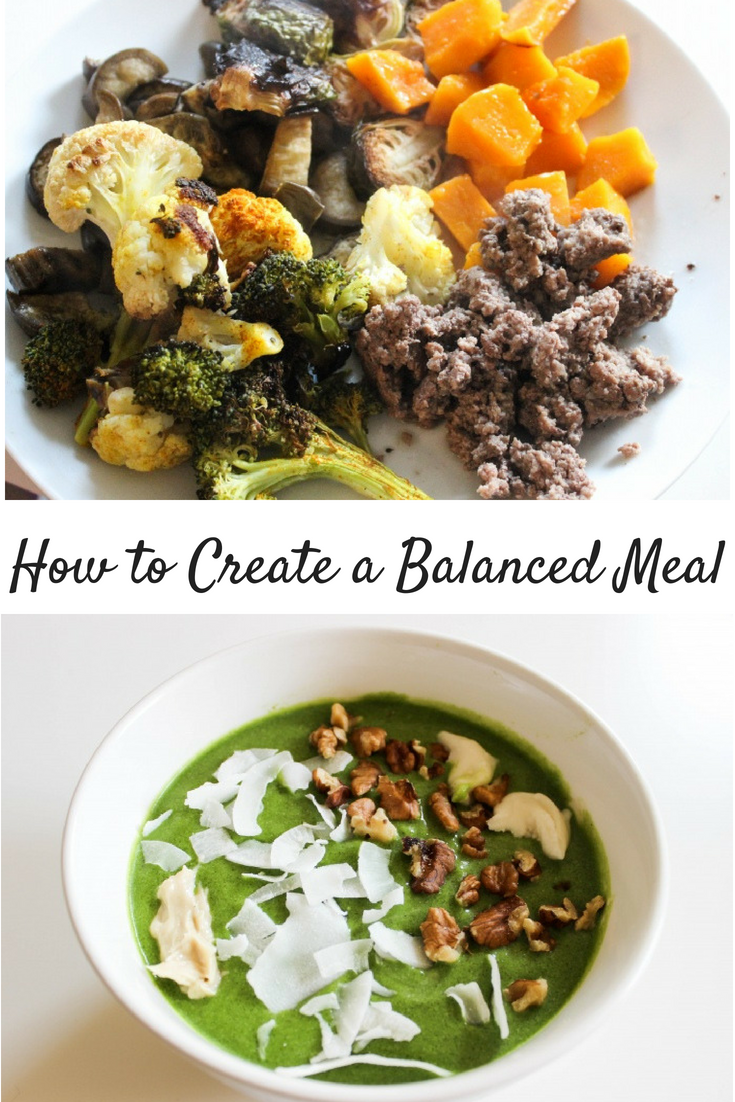
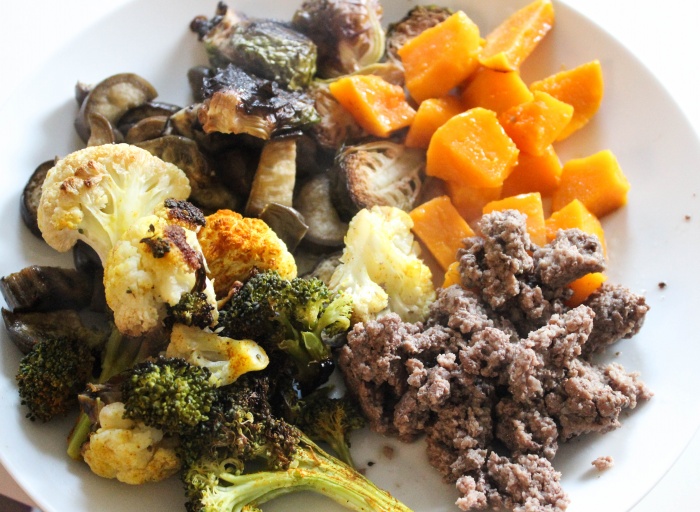

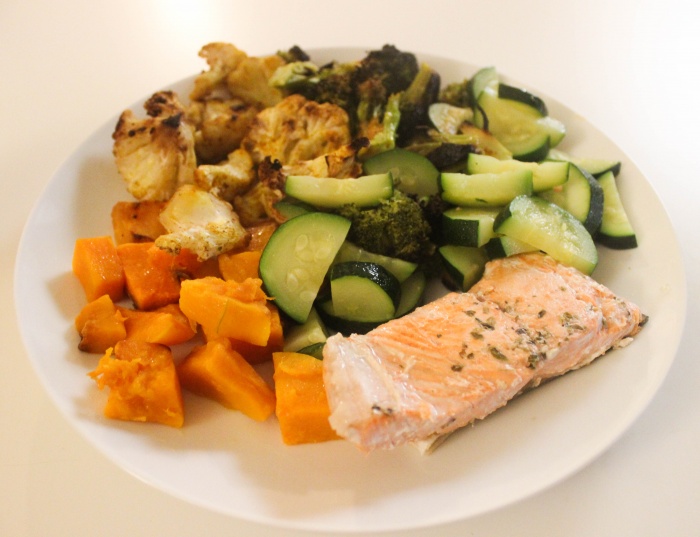
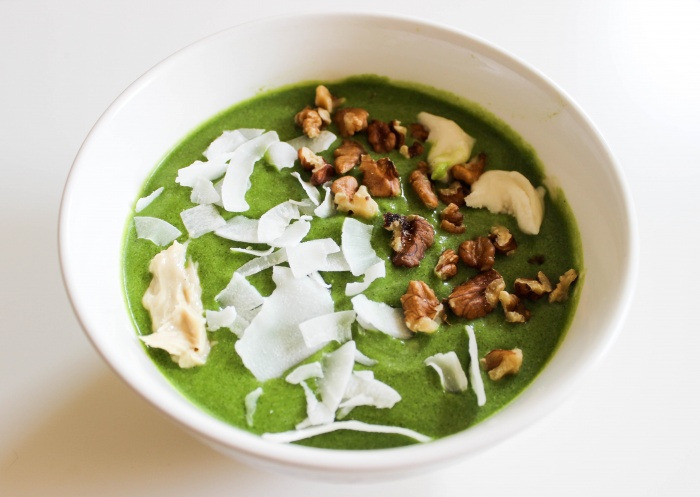
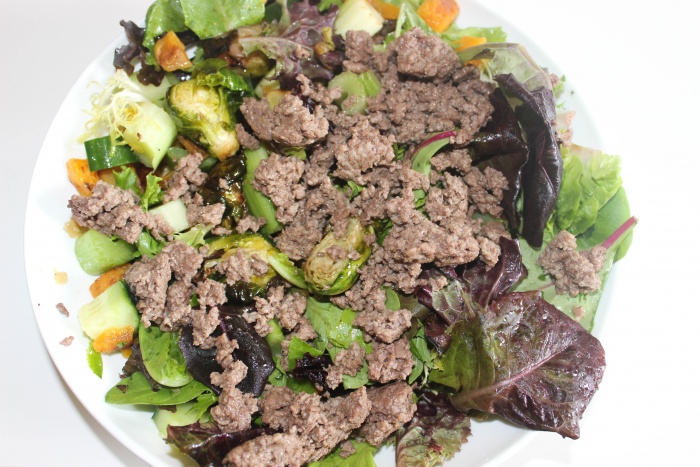

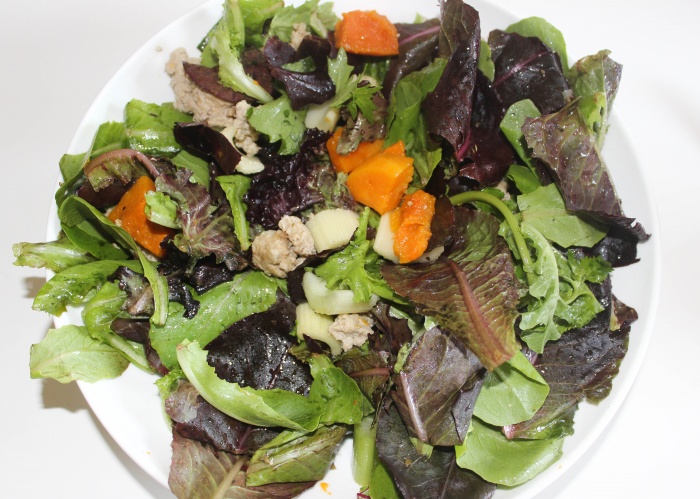
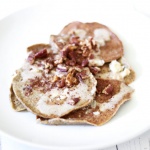

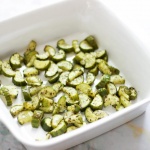

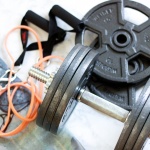
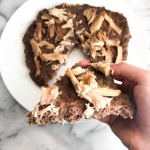
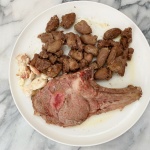


Get Updates
And Goodies
We’re over fake “wellness.” It’s time to unlock your magic & magnetism. Are you ready to vibe higher?
Are you ready to finally optimize your health habits for real results and true health?